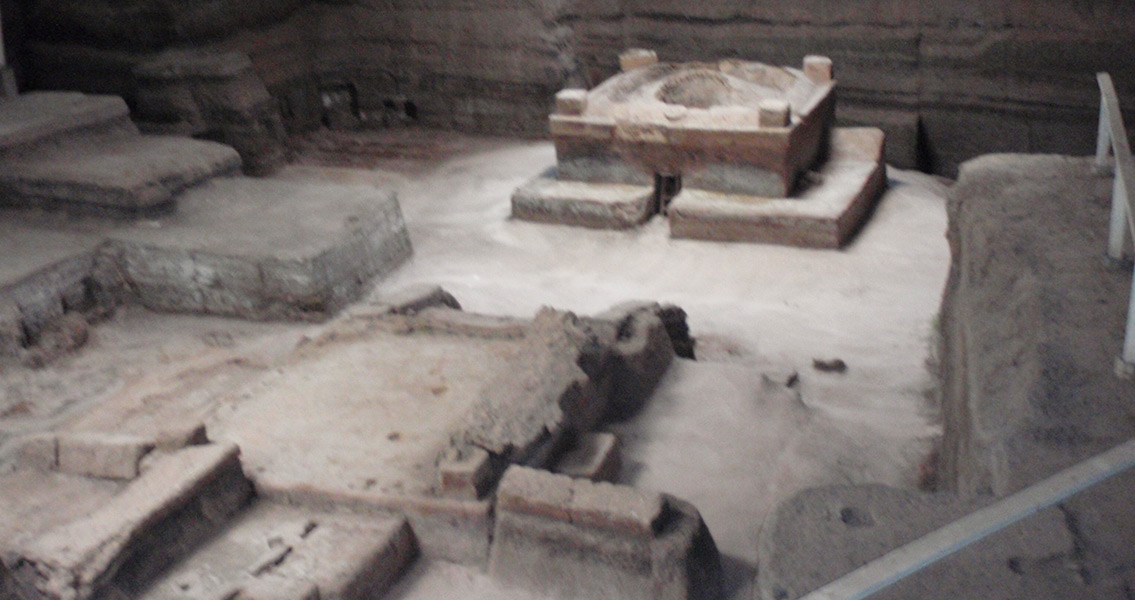<![CDATA[The ancient village of Ceren, in El Salvador is the best-preserved Mayan village in Latin America. It's also buried in a 17' layer of ash which has earned it the title of "New World Pompeii". In 660 CE the Loma Caldera volcano, located less than half a mile away, erupted and blasted the village of approximately 200 people with toxic gas, lava bombs and 17' of ash. It was discovered in 1978 by archaeologists from Colorado University. What makes Ceren unique is evidence which indicates that the daily lives of the farming families were unaffected by the elite royalty, who were known to have lorded over this valley. A variety of records from the Mayan period document a "top-down" societal structure. The elite class decided most economic and political issues, often requiring tribute and labor from villages. The villagers at Ceren, appeared to have free reign in decisions regarding their crop choices, building architecture, economics and religious ceremonies, with virtually no influence or control by the elites. As a result Ceren provides the first clear window on the quality of life and the daily activities of working-class Maya commoners. The public marketplace was the only interaction the Ceren villagers had with the Maya elite, and even that was indirect. The marketplace was where Ceren farmers were likely to have traded surplus crops and crafts for coveted rare items like obsidian knives, polychrome pots, and jade axes. It was the elites who arranged to have these items taken to the market, typically from a distance, and in nearly every household in Ceren a jade axe was found. However, the villagers had about a dozen marketplaces at a dozen different locations to choose from. If they believed the elites prices were too high at one, they could easily go to another. The level of preservation is so high at Ceren, researchers can see marks made by swiping fingers inside ceramic bowls, and human footprints outside in garden areas. Thatched roofs, bean-filled pots, and woven blankets have also been uncovered. What they haven’t found are bodies, suggesting a pre-eruption earthquake or other event allowed residents to escape. To date, researchers have completed the excavation of 12 buildings, including religious buildings, kitchens, workshops, living quarters and a community sauna, yet there are still dozens of structures unexcavated. Considering that the ash from the Loma Caldera eruption covers an approximate two square mile area, it’s even possible another settlement may be located there. One of the community buildings excavated had two large benches in a front room, which archaeologists believe were used by elders for decision making meetings. A decision the elders would have been involved in was organizing the annual harvest festival, an eating and drinking ritual and celebration. This festival appears to have been in progress when the volcano erupted. Excavation at Ceren will likely go on for decades. Colorado University has been involved in all aspects of the excavation at Ceren, with the National Science Foundation a major contributor. Archaeologists on the site have also collaborated with the Smithsonian Institution and the National Geographic Society. Image courtesy of Wikimedia Commons user: daggerquill ]]>
New World Pompeii Offers New Insights
